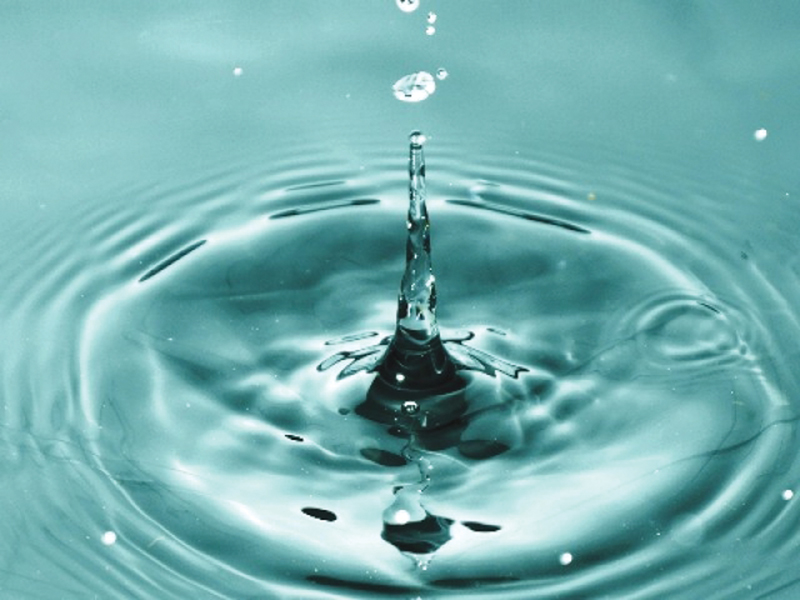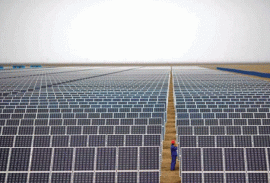
Around 200 buildings were selected to launch the water conservation project, which was a joint venture of the Climate Change Division and the Environment Protection Agency (EPA).
“The Project Concept (PC-1) was prepared and submitted to the Planning Commission of Pakistan for approval but it was dropped in the 2014-15 budget,” an EPA official told The Express Tribune. He, however, said the project will be incorporated in the next year’s budget.

“There is a dire need to conserve water as the population increases and water level drops, especially in fast-growing cities like Islamabad. Rainwater harvesting is an effective system of water conservation,” he said.
The official said though Pakistan was blessed with surface and ground water resources, the rapid growth in population, unplanned urbanisation and unsustainable water consumption practices had placed immense stress on the quality and quantity of the country’s water resources. Over 250,000 children die due to waterborne diseases in Pakistan every year, he said.
He said monsoon rains were the only source to recharge water in the Islamabad aquifer. “Due to extensive construction of buildings, concrete roads and footpaths, rainwater fails to find its way to drip into ground and is directly streamed into Nullah Leh without any use.”
He said most housing societies were extracting water through tube-wells and hand pumps and they have to dig deeper every year in search of water due to the dwindling water table.
He suggested that the Capital Development Authority and private housing schemes construct check dams and delay action dams, in order to overcome growing problem of water scarcity by developing their own resources.
Check dams and delay action dams collect surplus rainwater which can later be used to recharge the subsurface water when needed, and these are ideal for rugged terrains and aquifer, he said.
The official called for judicious use of utility services and by using environment-friendly materials in construction, including the use of hollow bricks, insulated walls, double gazes and LEDs. He said rainwater harvesting was being utilised as a source of water conservation internationally while some countries, like India, are also using rainwater for irrigation.
Published in The Express Tribune, September 8th, 2014.

1736541297-0/Untitled-design-(59)1736541297-0-165x106.webp)






1717094574-6/Buddhist-leaders-Taxila-Museum-(2)1717094574-6-270x192.webp)














COMMENTS
Comments are moderated and generally will be posted if they are on-topic and not abusive.
For more information, please see our Comments FAQ